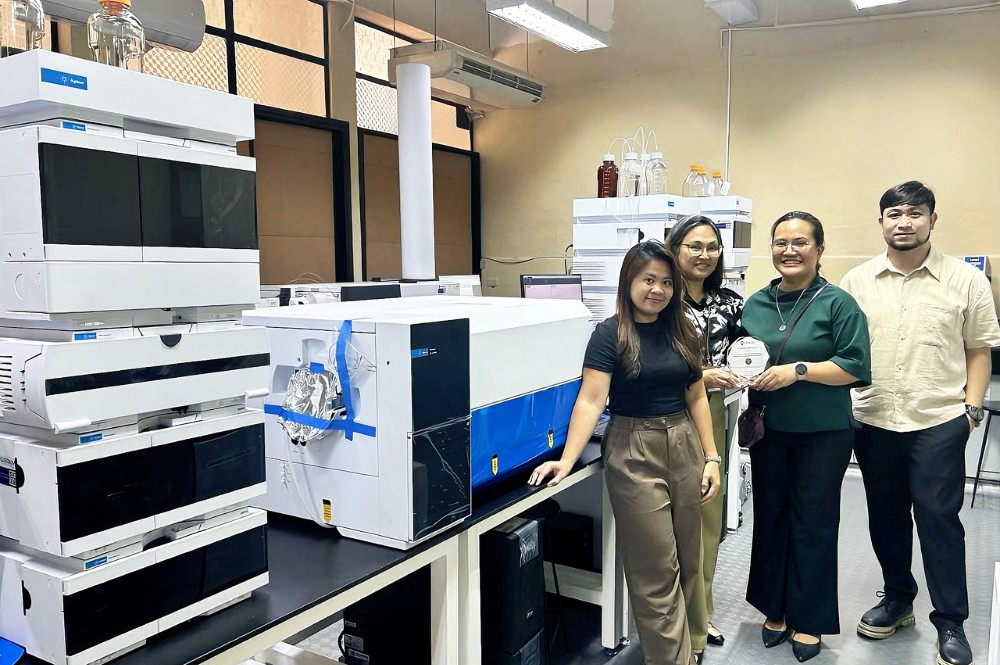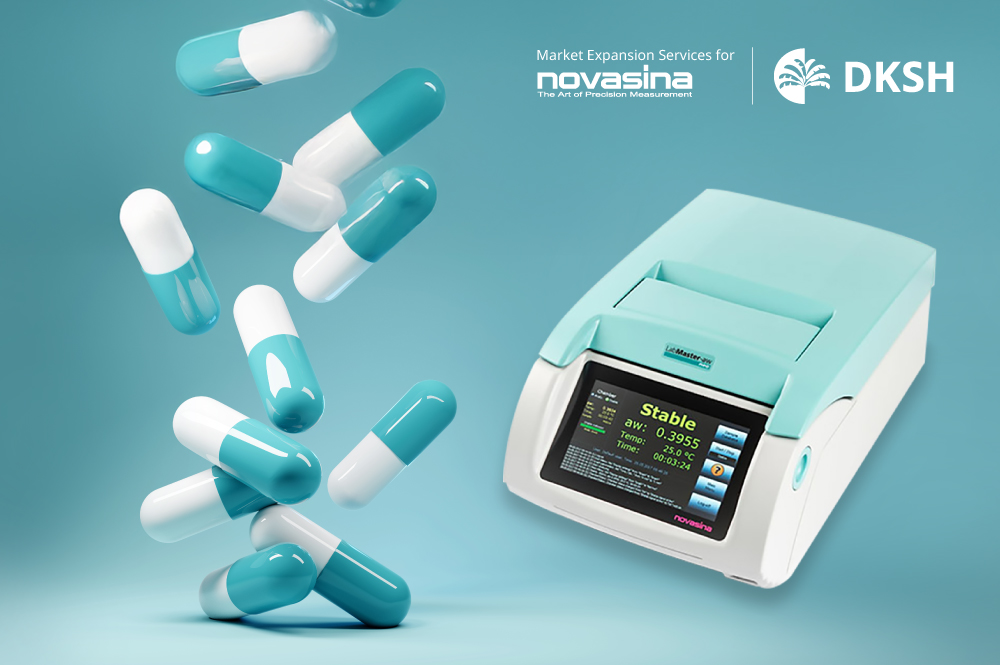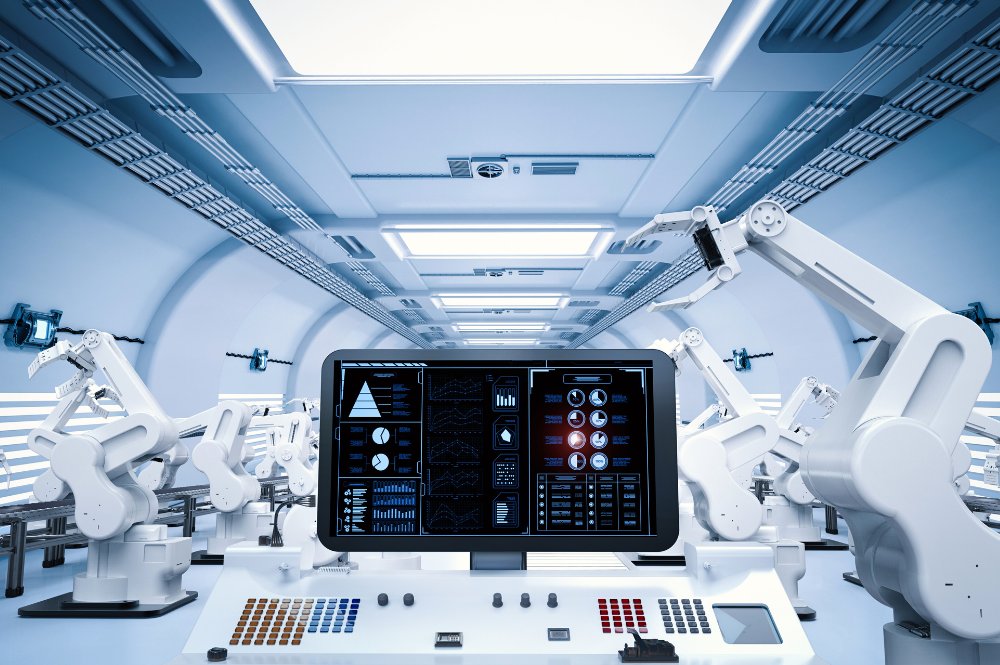Introduction
The global lithium-ion (Li-Ion) battery market was valued at US$ 32.9 billion in 2019 and is expected to grow at a compound annual growth rate (CAGR) of 13.0% from 2020 to 2027 [1]. Fast-rising demand for electric vehicles is one of the market’s main drivers, but there are other hotspots of growth, including the rise in renewable energy installations, such as photovoltaic panels, and greater acceptance of Li-Ion batteries for use in various devices across the medical sector, as well as more traditional uses in portable consumer electronics.
Significant improvements in the performance of Li-Ion batteries have helped to drive their growing use across the spectrum of industry sectors, but issues remain that have prevented further growth of the market. There are still concerns about risk of overheating, in particular when Li-Ion batteries are charged too quickly – a major issue in electric vehicles where rapid charging is crucial. Their short lifetime is also an issue, with many Li-Ion batteries lasting less than 1,000 charge/discharge cycles [2,3].
In many cases these issues can be rectified at the quality control stage of the manufacturing process. Overheating during use can often be traced back to the presence of metal particles in the electrodes, fuel-cell separators, and other parts of Li-Ion batteries. These particles lead to internal short circuits, which can cause overheating, a decrease in the battery capacity and lifetime or, in extreme cases, result in a fire [4-6].
With demand for their products rocketing, the challenge for battery manufacturers is to ensure their QA/QC procedures are robust enough to capture these impurities, but are not so arduous as to slow down the manufacturing process or lead to significant additional expenditure.
Technical challenges
One of the fundamental issues facing manufacturers is that established methods of detecting impurities in Li-Ion batteries are complex, time-consuming, and very difficult to integrate into the production line [7].
The process normally used for quality control processes in industrial manufacturing environments is energy dispersive x-ray spectroscopy (EDS) using a scanning electron microscope (SEM). SEM-EDS enables researchers to visually inspect a material, using a microscopy technique that generates images with high resolution and sharp contrast, and identify its local composition with elemental spectroscopic analysis.
SEM-EDS often requires special sample preparation and transfer of the sample into a vacuum for observation and analysis – a time consuming and technically challenging process. In battery manufacture and QC, SEM-EDS also has some practical drawbacks concerning the detection of the most important element in rechargeable battery technology: lithium (Li) [7]. Additionally, as it is a complex imaging method, SEM-EDS is very difficult to incorporate directly into the production line. This fact means samples need to be sent off of the line to be analyzed, taking hours or possibly even days before the results are available, holding up the production process and leading to significant time and budget implications.
Methods which are easier to incorporate into the production line, like x-ray fluorescence (XRF) and glow discharge optical emission spectrometry (GD-OES) have other disadvantages. XRF cannot detect accurately light elements like Li [8,9] and GD-OES often causes significant damage to the sample and can be difficult to use with insulating materials [9-11].









